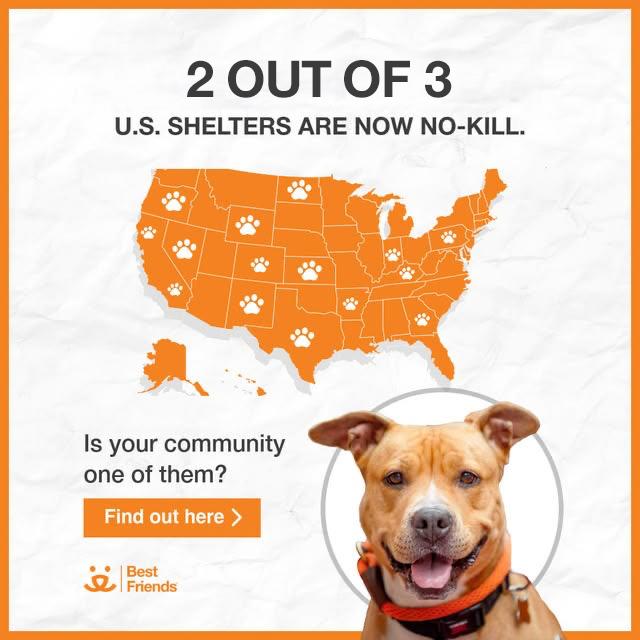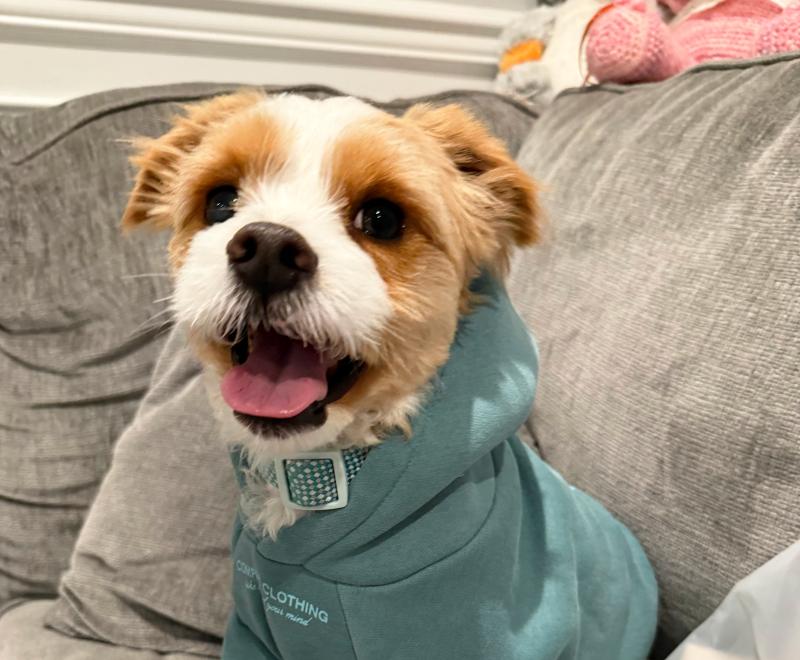
How to Approach a Shy, Nervous, or Scared Dog
A dog can be shy or fearful for many reasons: lack of socialization for your dog, prior bad experiences, or genetic factors. Whatever the reason, there are some important things to know and do when you’re with a dog who’s nervous.
What are the signs of fear in dogs?
- Appearing frozen or holding very still
- Raising hackles
- Looking away or lowering of the head while still sitting up
- Raising the head way up while looking away
- Staring at you (If a defensive dog stares into your eyes, look away for your own safety around the dog.)
- Growling
- Wrinkling of the lips without teeth showing
- Snarling with teeth showing
How to approach a scared dog
When meeting any new dog, think in terms of the dog’s language. Always use respect, caution, and awareness. Slow your pace, and use a gentle tone.
If you know the dog is shy or fearful, change your body language. Approach toward the side of the dog, not head on, and avoid direct eye contact. When you are close, begin to make your body “smaller.” Lower the shoulder that is closest to the dog. Start turning so that by the time you are beside the dog, you are almost facing away (but don’t have your back turned completely to the dog).

See how your community is doing
Then, bend down next to the dog. (Do not bend down if the dog is snapping or lunging. Instead, back away to let the dog calm down.) Keep your hands to yourself, and give the dog a few seconds to sniff you. You can glance toward the dog to watch for any change in body language, but avoid eye contact. Do not force your hand toward them; let them approach to sniff on their own if they choose to.
If the dog has not moved away, stay where you are and try to think about the message you are giving to the dog. Be relaxed and patient as the dog becomes comfortable with your presence. Talk to them in quiet, gentle tones.
Walking with a fearful dog
If your goal is to get a leash on the scared dog — e.g., if it’s a stray dog whom you’re trying to help — slowly loop the lead over their head. Don’t attempt to grab a defensive dog’s collar to clip on a leash.
Once the loop is around the dog’s neck, move away and wait to see whether the dog will move to join you on a walk. If they don’t walk, wait. If they do walk, just move along with them. The simple act of moving can help a dog to feel less cornered and thus help them relax.
Watch the dog’s body language, and allow them to stop to sniff, eliminate, roll, whatever they want. If the dog starts to panic — e.g., flails around on the lead — release the leash pressure and wait for them to calm down. A walk can take 10 minutes or an hour. The goal is for the dog to begin to feel better about being with you.
